How Spider-Man creator Stan Lee got caught up in a web of strife
The Hollywood Reporter published an investigation saying that 95-year-old Lee was the victim of elder abuse and financial fraud. Ben Widdicombe visited the Marvel Comics creator at his home and heard him declare: ‘Nobody has more freedom’
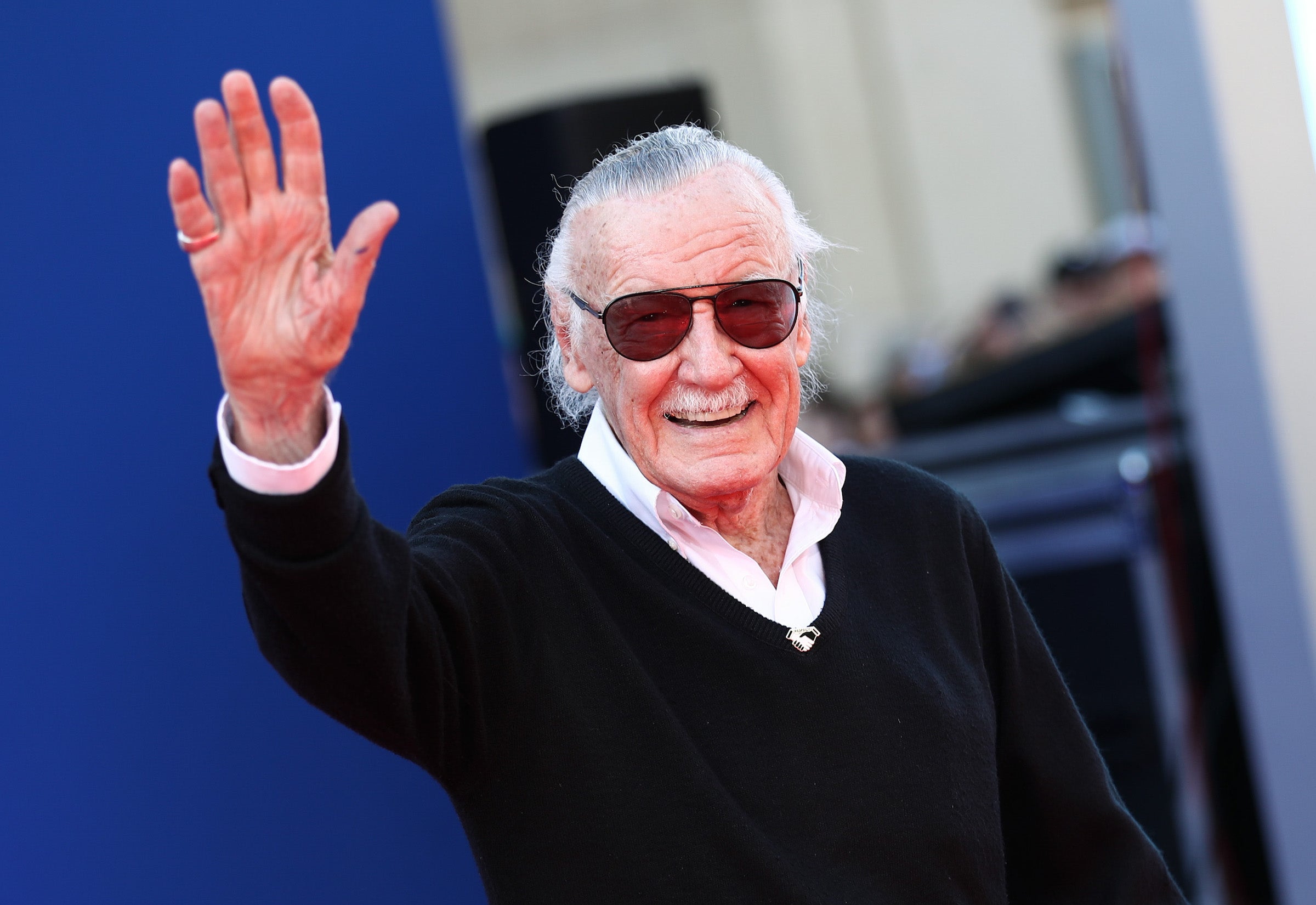
Your support helps us to tell the story
From reproductive rights to climate change to Big Tech, The Independent is on the ground when the story is developing. Whether it's investigating the financials of Elon Musk's pro-Trump PAC or producing our latest documentary, 'The A Word', which shines a light on the American women fighting for reproductive rights, we know how important it is to parse out the facts from the messaging.
At such a critical moment in US history, we need reporters on the ground. Your donation allows us to keep sending journalists to speak to both sides of the story.
The Independent is trusted by Americans across the entire political spectrum. And unlike many other quality news outlets, we choose not to lock Americans out of our reporting and analysis with paywalls. We believe quality journalism should be available to everyone, paid for by those who can afford it.
Your support makes all the difference.Stan Lee, the Marvel Comics maestro and co-creator of Spider-Man, X-Men and Black Panther, lives in a world of heroes and villains. But these days, it can be hard to tell which is which.
Few creators have left as profound a mark on popular culture. According to The-Numbers, a box office data site, films featuring Lee’s superheroes have grossed more than $24bn (£17.2bn) worldwide. He has a huge Twitter following, and admirers have included Federico Fellini, Ronald Reagan and George RR Martin, the author of Game of Thrones.
“Stan is right up there with Walt Disney as one of the great creators of not just one character, but a whole galaxy of characters that have become part of our lives,” Martin said. “Right now, I think he’s probably bigger than Disney.”
Yet at the summit of Lee’s career, storm clouds have gathered.
The last year has brought an unsettling mix of tragedy and scandal, including the death in July of Joan Lee, his wife of almost 70 years; suspicions that millions of dollars have been siphoned from his accounts; even gossip reports that a former business associate stole his blood to sell to fans.
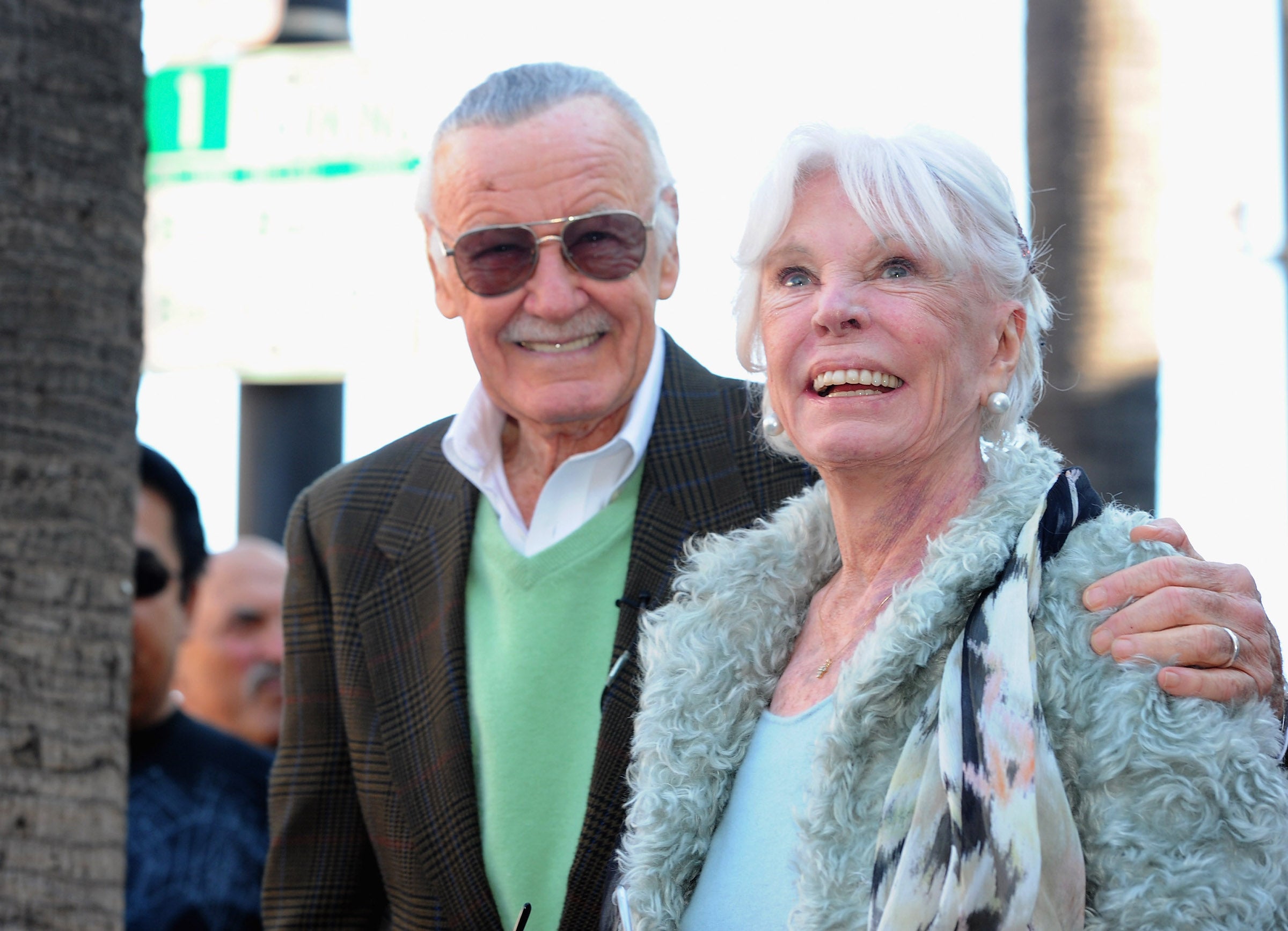
Earlier this month, The Hollywood Reporter published an investigation that said Lee, 95, is the victim of “elder abuse”, partly at the hands of his 67-year-old daughter, Joan Celia Lee. The Daily Beast reported in March that Lee, who is said to be worth around $50m, was “surrounded by a panoply of Hollywood charlatans and mountebanks” and being “picked apart by vultures”.
A radio talk show in Orlando, Florida, even aired a rumour that he is being “held captive” by handlers who “have him basically locked up in the house”.
But on a recent visit to Lee’s home in the Bird Streets, a celebrity enclave high in the hills of West Hollywood, California, the man himself said otherwise.
True, a 6ft 4in security guard, with a pistol on his hip, opened the front gate. And Lee hasn’t been getting out as much since a bout of pneumonia left him short of breath and looking frail. He also can no longer read because of macular degeneration.
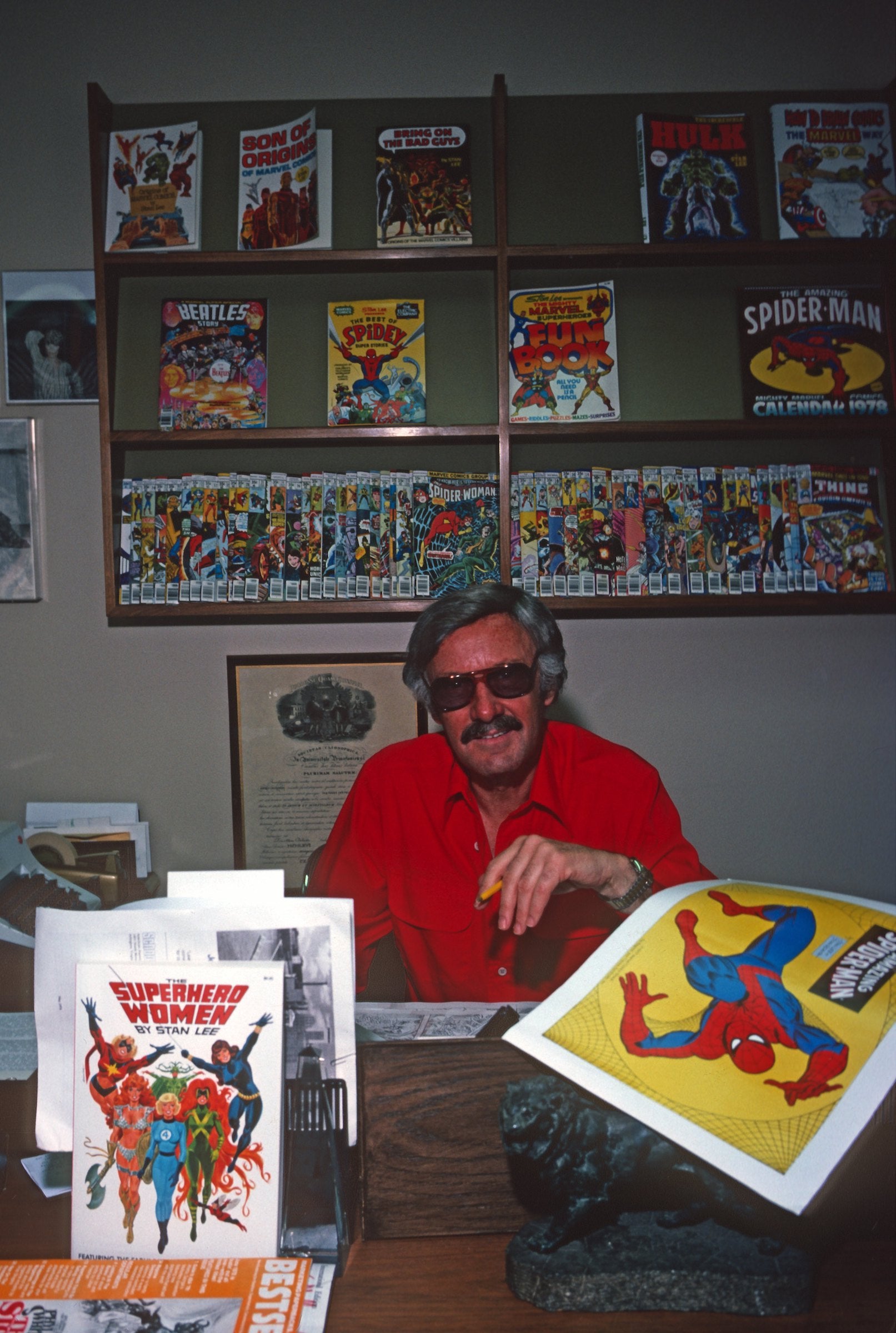
Despite all that, Lee seemed relaxed and enthusiastic. Wearing a yellow shirt and beige polyester slacks in his poolside sitting room, its Sherwood-green carpet bleached by 40 years of California sunshine, he welcomed a reporter into his home.
So, is he a prisoner in his own house, surrounded by real-life supervillains?
“I’m the luckiest guy in the world,” Lee said, chuckling and sounding like a 95-year-old teenager. “Nobody has more freedom.”
He also defended his daughter, known as JC, against claims that she has been physically abusive and a financial drain. “My daughter has been a great help to me,” he said. “Life is pretty good.”
A house in disarray
For four decades, Lee has lived in a relatively modest two-storey house in the middle of what has become some of Los Angeles’ most valuable real estate. DrDre is a neighbour, and Leonardo DiCaprio lives down the block, on a street where houses can list for north of $30m.
Inside the suburban-style home, a nurse and a maid bustled in the kitchen. Although Lee seemed at ease, the armed guard lent an air of surveillance that made it difficult to entirely relax.
The house is a time capsule of late 1970s Hollywood. Decorated by his late wife, it is dotted with ceramic animals, carved figures in African and Asian styles, and large gilt-framed mirrors hung on mirrored walls. Empty hooks surrounded by dusty outlines sit amid prints and original works by noted artists – Joan Miro, Pablo Picasso, Alexander Calder, Salvador Dali and Roy Lichtenstein – suggesting a home being slowly eroded.
“My wife, she’s the only person in the world that I would know of who would put a big mirror on top of a big mirror,” Lee said. “And when she was here, she had so many paintings, all over. Most of them have left now. My daughter took a lot of them, and a lot of them have gone elsewhere.”
It’s the vagueness about what has “gone elsewhere” that has some of Lee’s friends so worried.
Since Lee’s wife died last year, his household has been thrown into disarray, with three factions of once-trusted aides vying for control. Lee’s current gatekeeper is Keya Morgan, who has ousted former staff.
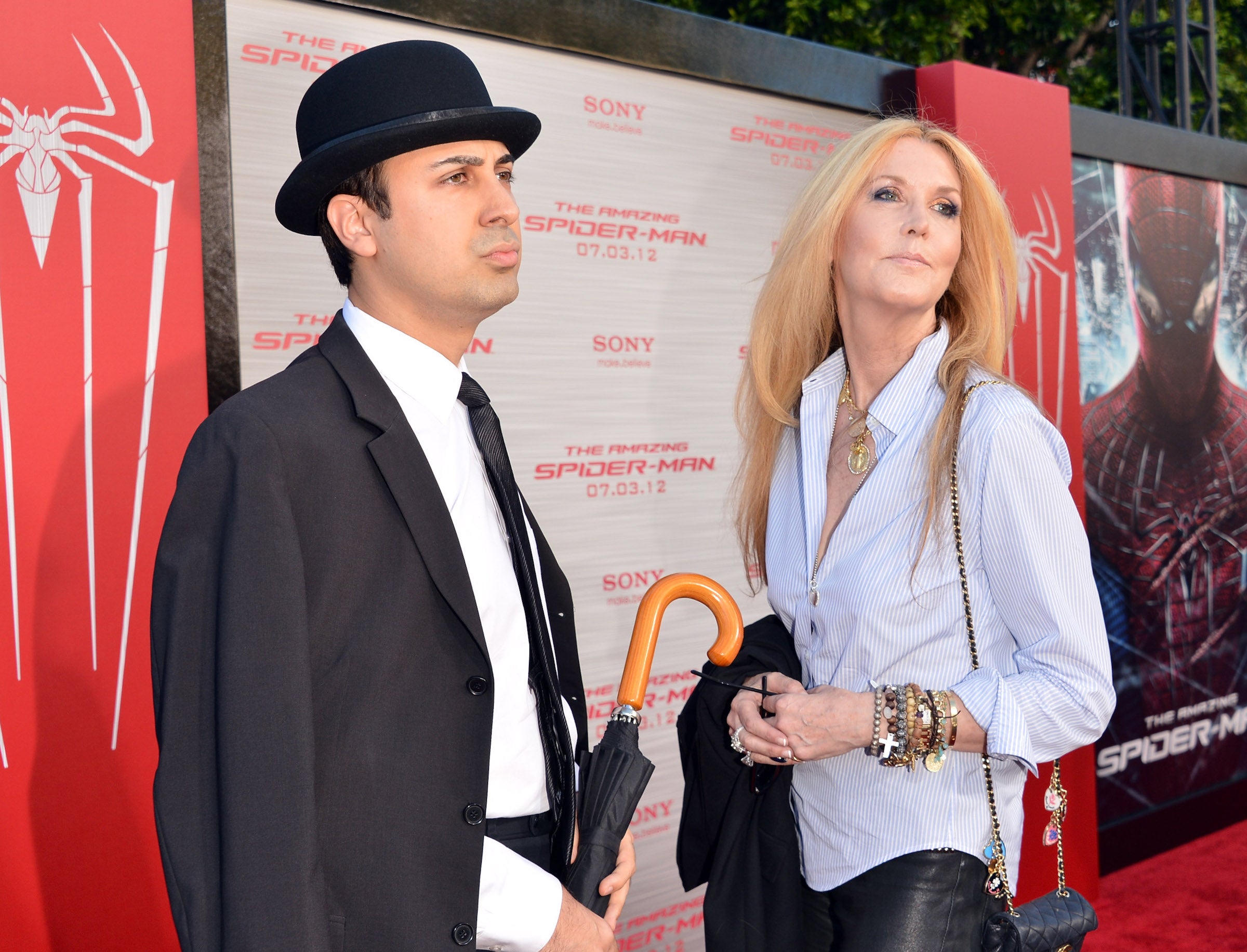
A former memorabilia dealer from New York, Morgan moved to Los Angeles as the executive producer of the mobster biopic Gotti and now describes himself as a “producing partner of John Travolta”. Sitting at Lee’s side, he was dressed in a black suit and tie, black bowler hat and dark sunglasses, which he lowered on his nose to see indoors.
In February, Morgan called police to the house to physically remove Lee’s longtime road manager, Mac Anderson, known as Max. Anderson was accused of, among other things, attempting to bribe a nurse to make statements that Lee was being held hostage. “He got into a big fight with Stan and Stan’s daughter” and was fired soon afterward, Morgan said.
Reached by phone, Anderson declined to comment.
Also out was Jerry Olivarez, a Hollywood publicist who briefly obtained power of attorney over Lee’s affairs last year, during which time more than $1m left the Marvel creator’s accounts. That included a $300,000 cheque made out to Hands of Respect, a novelty company owned by Olivarez and Lee that makes a $10 lapel pin advocating racial harmony.
In unrelated matters, $1.4m may have vanished in a series of wire transfers, and a Chanel handbag full of cash may be missing from the house, according to Morgan. Also, a trove of Marvel memorabilia, including character sketches and figurines, is the subject of disputed ownership between Anderson and Lee, as reported by The Hollywood Reporter.
Lee may be a creative genius, but he isn’t a financial one. “I’ve been very careless with money,” he said.
“I had a partner or two who – since I’m not a money counter – I let them take care of keeping track of the money we made,” Lee said, as he sipped a bottle of mineral water to soothe his raspy voice. “Lately, I have found out that a lot of the money we made is no longer available for me. I don’t know where it is, but a guy, and maybe one or two others, have found a way to take it.
“So, I feel bad about it, and of course we have a lawyer trying to get it back again,” he said. “But money isn’t worth losing your cool about, you know.”
Superhero factory
The child of Romanian Jewish immigrants, Stanley Lieber was born in New York City in 1922. He was hired in 1939 as an assistant at Timely Comics, the not-especially-promising division of a pulp magazine publisher that would eventually be renamed Marvel.
Following a staff exodus the next year, the newly rechristened Lee (an alias he adopted to save his real name for the great novels he aspired to write) was appointed its editor. The two great motifs of his life were established: a nagging feeling that his work in comics was cultural schlock and the fact that he would be a lifelong corporate employee, never owning the rights to his creations.
His greatest streak of inspiration began in 1961, when Lee was almost 40 and thoroughly disenchanted with his career. With artist Jack Kirby, he created the Fantastic Four, a hit he bested the next year by inventing Spider-Man with artist Steve Ditko.
Among the enduring characters he created over the next decade with those artists, and others, are the X-Men, Iron Man, the Hulk, Thor, Doctor Strange and, in 1966, Black Panther: an African warrior-king whose recent film adventure has grossed more than $1.3bn.
“I’m sorry I didn’t introduce black characters a little sooner,” Lee said. “I tried to create an Asian superhero, I tried to create a South American superhero. And at that point I also was thinking it’s ridiculous that we don’t have a black superhero.”
Asked if contemporary comics and films could be doing a better job of representing women and superheroes of colour, he replied, “yes”, but expanded: “You can’t force anything on the public. But if you do a black hero or heroine and you see that it’s well-received at the newsstand, then you’d be an idiot not to come up with more stories like that. Everything depends on the marketplace.”
Yet Lee may have underestimated his own value in the marketplace. While he has made exponentially more money than any of his Marvel co-creators, he only ever collected a salary, and does not receive any continuing royalties from the films based on his characters.
In 2005, he received a one-time payment of $10m from Marvel, to settle a provision in his contract that had entitled him to 10 per cent of the profits from television and film adaptations. Four years later, Disney bought Marvel for $4bn; it is unclear whether Lee was able to reap any benefit. (As Marvel’s chairman emeritus, he still receives a salary, reported to be $1m.)
And while his personal appearances (including charging fans $120 for an autograph) are a lucrative source of income, later-life attempts to create wholly owned superhero properties have foundered.
Stan Lee Media, a digital content startup, crashed in 2000 and landed his business partner, Peter F Paul, in prison for securities fraud. And Lee is embroiled in disputes with POW! Entertainment, the company he started in 2001 to create new shows, including Stripperella, a cartoon animation starring Pamela Anderson.
POW! was sold last year to Camsing International, a Hong Kong-based company seeking to clone Marvel for the Asian market. Lee says he has not been paid, which the company denies. “Mr Lee has been paid and continues to be paid by the company,” said Shane Duffy, the chief executive of POW! “Statements like this only heighten our concern for Stan’s wellbeing.”
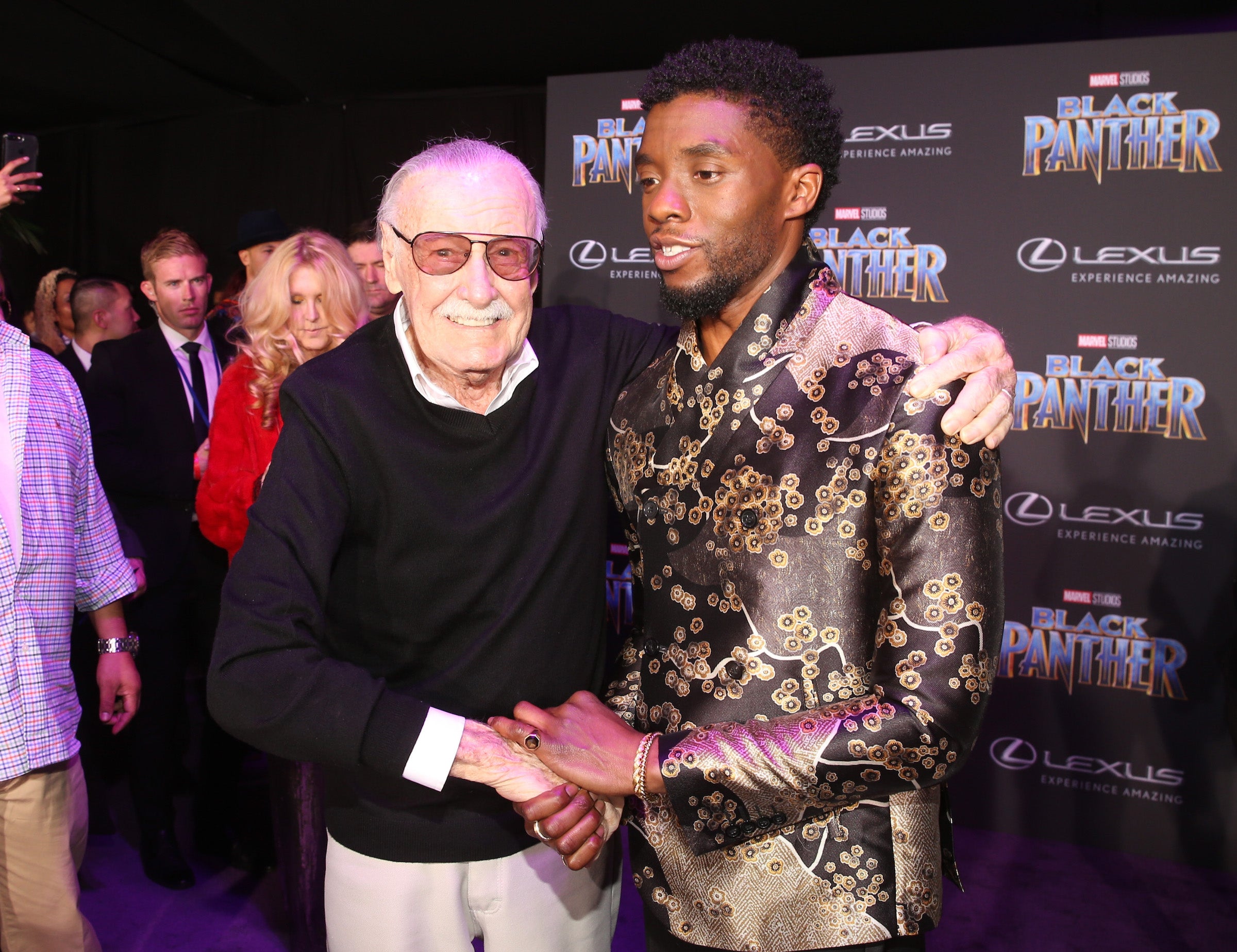
As part of the escalating fight, Morgan and Lee’s daughter entered the POW! offices on Santa Monica Boulevard on the night of 14 March and removed items they say belong to Lee. They triggered a silent alarm, prompting POW! to file a police report.
The Beverly Hills police subsequently dropped the burglary investigation, but the fighting continues. “They’re acting as if they bought the company and everything on the four walls belong to them,” said Lee, sounding downcast. “So, another lawsuit.”
An Oscar for Stan Lee?
Outside the bubble of legal drama and personal strife, however, Lee’s creative influence remains at an all-time high.
“There’s no doubt that Stan, in terms of American popular culture, he’s one of the giants of the 20th century,” Martin said. “Spider-Man and Iron Man; the X-Men – they’re still as viable as ever.”
From the floral sofa in his sitting room, Lee is a font of highly entertaining stories from the glory days, even if some of them sound taller than his 1962 creation Giant-Man.
Like the time Picasso was so taken by Joan Lee’s beauty that he approached the couple in a New York restaurant and sketched her on their tablecloth. “We ran home to tell my father about what happened,” Lee said. But, “in our excitement, we had left the drawing in the restaurant. We never found it!”
Or the time when DiCaprio told Lee that he had written to the president of the Academy of Motion Picture Arts and Sciences, lobbying for Lee to receive an honorary Oscar for his numerous cameos over the years. (Lee appears in nearly every Marvel movie, including Black Panther, in which he plays a gambler in a South Korean casino.)
DiCaprio also wants to portray Lee in a film about the Marvel creator, according to Morgan, who accompanied Lee on a recent visit to DiCaprio’s house. (A spokesman for DiCaprio would not confirm this account of their conversation.)
The thought of a biopic starring DiCaprio gave Lee pause. He looked out over the pool, to the canyon beyond, and pondered being portrayed by an Oscar-winning actor.
“I don’t know if he could capture the essence of me,” he said, after a moment. “We have to talk about that.”
© New York Times
Join our commenting forum
Join thought-provoking conversations, follow other Independent readers and see their replies
Comments